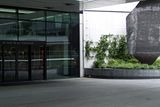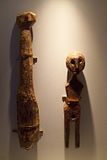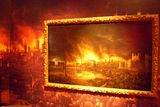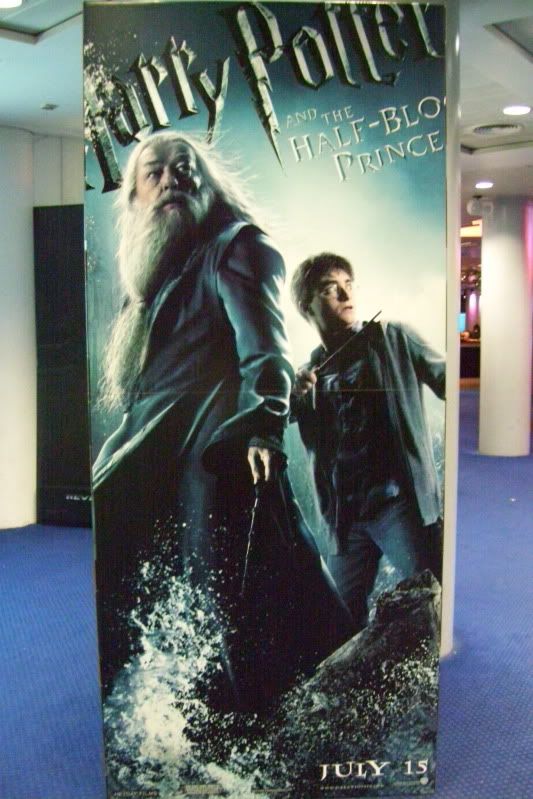July 15: Today we had a lecture and tour of the Museum of London.

Jon Cotton, Senior Curator of Prehistoric London presented the history and vision of the Museum of London collection. The museum was opened in 1976 by the Queen. Two collections were brought together from the Old Guildhall Museum and the London Museum. The Museum of London focuses on the archaeology of the whole of greater London, “telling the story of London from the earliest time.” The Museum of London contains half a million years of history. They have 400,000 visitors a year. The current collection is a history of London through 1550. The section of the museum that is 1550+ will open in 2010. The Museum of London is the “largest urban history museum in the world.” The National Curriculum requires a history subject, but the government has decided on no prehistory subjects. Traditional learning in the UK starts with Roman times, Victorian, etc. The Museum of London is the main source for prehistoric London.
Mr. Cotton provided some interesting insights into the prehistoric life. The collection considers people and place. For example, they took clay casts of imprints on pottery to see the fingertip used to make the indentions. From here you can begin to consider the individual who made the pottery that had a small finger and pointed finger nail. He also talked about some English Heritage sites like Stonehenge and Seahenge. I was fascinated to learn about the upside down Oak tree from 2050 BC. There was a standoff between local new age Druids and persons who wanted to excavate the site. But eventually the formation was excavated for preservation.

The London Before London exhibit explores prehistoric London, specifically the landscape, river, people and legacy. The key element of the landscape of London is the Thames River. Londoners tend to stick to their side of the river. The river Thames is known as the “sacred stream.” The displays explain the motivations behind prehistoric items and their rich spiritual and cultural world. Of special interest to me was the Dagenham Idol of Scot’s Pine. This replica of the original figure made from evergreen wood is significant to Norse mythology. The evergreen tree was symbolized as a ladder between the cosmos, earth and underworld. The god Odin hung himself from the tree and sacrificed one of his eyes in order to gain wisdom from the springs that flowed from its foot. Note the damage to the figure’s eye and the sexual ambivalence. As a shaman, Odin was also perceived as sexually ambiguous.

The Museum had a couple of displays in the foyer relating to events after 1550. The London’s Burning: the Great Fire of London 1666 exhibit was particularly interesting and I learned the entire history and impact of the fire. The fire burned so much that most of the city had to be rebuilt. The exhibit included multimedia, personal stories, artifacts and interactive displays. What I learned in this exhibit has influenced how I perceive modern London.

Although no photographs were allowed, I was especially excited to see the “Forward to Freedom: The Anti-Apartheid Movement and the liberation of southern Africa” exhibit at the Museum of London. The display documented 50 years of struggle against apartheid in Africa. It was a powerful display and I was surprised to learn of the creative tactics of the passionate freedom fighters of London, such as boycotts, protests and campaigns.

The rest of the day was busy with errands. Bought a UK cell phone. Stocked up on batteries, water and groceries. Enjoyed my nightly walk on the Queen’s Walk and returned to Gabriel’s Wharf for some yummy gourmet pizza.
Tonight was the opening of Harry Potter and the Half-Blood Prince, (YAY!) but the library group is going to see it later because most of the showings are sold out. I did go to the nearby IMAX theatre to see their Harry Potter posters.

Pics from Museum of London and more




No comments:
Post a Comment